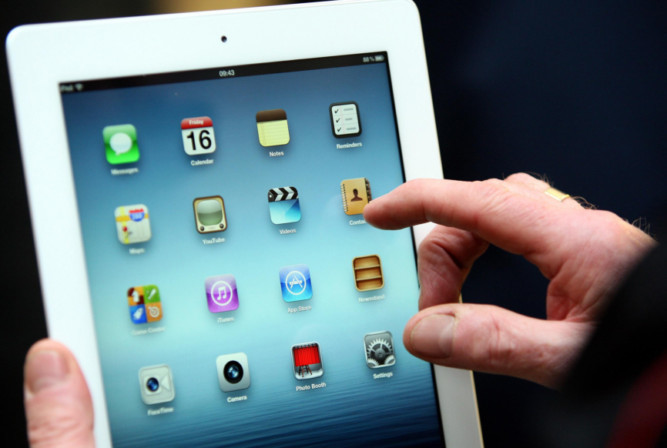Online traffic for Boxing Day sales hit record levels of almost 50% above last year, while the retail industry trade body urged MPs to put the ailing high street at the top of 2013 priorities.
The British Retail Consortium wants to step up the pressure on the Government to reverse a planned 2.6% rise in business rates due in April.
Its call comes in the wake of figures showing the empty shops rate in town centres has reached a new high of 11.3%.
It also follows statistics pooled by web analysis at IBM Digital and at information service Experian, which showed UK consumers made 113 million visits to retailers’ websites on Wednesday, courtesy of vastly increased mobile internet and tablet shopping.
This lead online sales to increase by 44.95% compared to the same day in 2011.
BRC director general Helen Dickinson said: “MPs understand that high streets are focal points for communities and essential to local economies.
“But many high streets are facing a real endurance test in these challenging times, and rising operating costs are making matters worse.”
Rates have risen by more than 10% in the last two years, adding over half a billion pounds to retailers’ overheads amid tough trading conditions.
But as the high streets suffer, IBM said the significant jump of internet sales comes as a result of increased mobile traffic, mobile shopping, the ‘iPad Factor’ and social shopping, accelerated by some big name retailers, including Amazon, which started internet sales on Christmas Day.
Mobile traffic and the number of consumers using a mobile device to visit a retailer’s site reached 30.72%, up from 19.80% in 2011, while mobile shopping jumped to 24.73% up from 15.93%.
Tablet sales were driven by the iPad, which generated more traffic than any other tablet or smart phone, reaching 15.84% of online shopping on boxing day, an increase of 109% over 2011, followed by iPhone at 8.63% and Android at 6.17%.
Shoppers referred to internet sites from social networks such as Facebook, Twitter, LinkedIn and YouTube generated 0.19% of all online sales.
